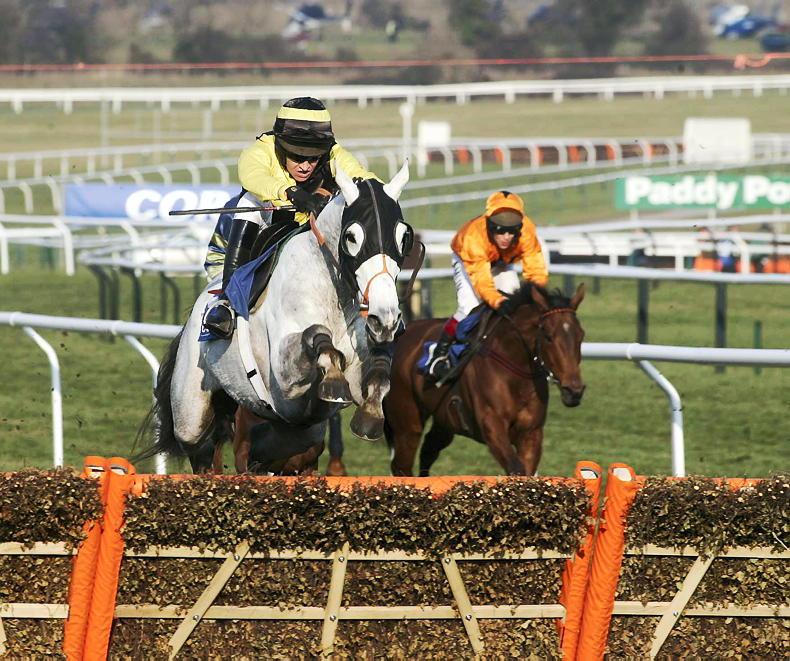THE love and fascination of property and land is inherent in the Irish DNA. Remember the film The Field produced in 1990 and staring Richard Harris? We constantly talk in passing, about what the house down the road went for!
In this article I will look at the option of purchasing property through your pension fund. This can prove to be an extremely tax-efficient way of getting onto the property investment ladder.
With the introduction of IORPS II regulations on the 22nd April, 2021, the ability to purchase property through one’s pension fund, particularly through SSAP’s (Small Self-Administered Pension Schemes) has become more challenging. However, it is still possible and extremely attractive with a few caveats to purchase property through a few pension vehicles which I will cover later in this article.
Why purchase property through one’s pension fund?
A recent pension development is the imposition of IORPS II on the operation of executive and SSAP type pension schemes. This has effectively curtailed investment choice and reduced the opportunity to acquire property via a pension.
The main caveats emanating from IORPS II with respect to property investment are as follows for SSAP’s (Small Self-Administered Pension Schemes).
1. Your pension must invest predominately (> 50%) in regulated markets. Property is not a regulated market.
2. No borrowing whatsoever permitted. This was permitted prior to IORPS II up to certain percentage limits of loan to value of the property.
Regulated market
What this means in simple terms is that if you wish to purchase a property with your SSAP, you will need to have more than 50% liquidity left in your pension fund after the property purchase and that it is invested in a regulated market. (Securities bought on a senior regulated stock exchange or monies on deposit with a regulated financial intuition are good examples).
What is the alternative?
There are certain pension contracts where there are very wide investment choices such as personal pensions, personal retirement savings accounts (PRSAs), personal retirement bonds and/or approved retirement funds. The limitations of IORPS II do not apply to the aforementioned policy types.
Another option to consider would be to commence funding into an insured executive pension scheme with all funds invested in regulated markets. Once the fund has got to a level that you are happy with and has the necessary liquidity to purchase a property the insured scheme would be wound up and the value transferred out of the executive pension and into a PRSA or buy out bond.
Either vehicle could then purchase the property without having the IORPS II regulations applying.
The Finance Act 2022 will be passed into law by the end of December 2022. This will make it a lot more attractive post 1st January, 2023 to fund through a PRSA for one’s retirement than heretofore. Therefore, this will directly assist the goal of an individual who wishes to purchase a said property in a tax efficient manner through his/her PRSA.
Prudent strategy
If we learned anything from the global financial downturn of 2008/2009, it is that diversification of assets is key. The idea of having all one’s assets invested in a single asset class is not a prudent strategy for investors (e.g., property) who are in the accumulation stage of their lives. Non co-relation of assets classes is an excellent strategy to pursue over the medium to long term.
Risk assets will always over the long term (10+ years) produce a better outcome than non-risk assets. (Cash on deposit). There will be heightened periodic volatility with these risk assets such as equities, commodities, high-yield bonds, real estate, and currencies but this is the price you pay for an overall better investment return. There are no free lunches in life!
Like the long-standing mantra when one is considering buying a property, location, location, location – diversification, diversification, diversification are the three key words for successful investing over the long term.
If you would like more information on how to purchase a property through a pension vehicle, please contact me on 0872482639 or e-mail: niall@citylifegalway.ie
General rules apply
For all types of Pension Schemes where property is being purchased the following Revenue conditions apply.


 This is a subscriber-only article
This is a subscriber-only article
 It looks like you're browsing in private mode
It looks like you're browsing in private mode










SHARING OPTIONS: